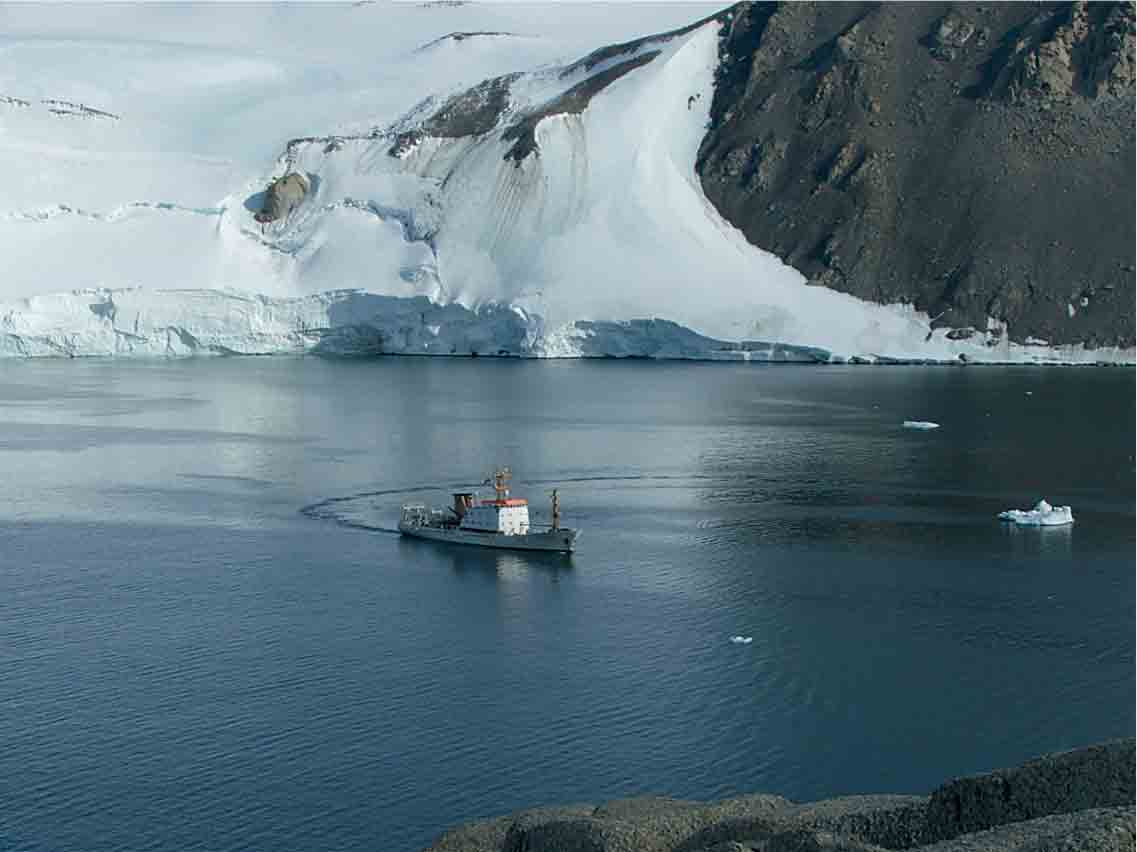
Past climate change to blame for Antarctica’s giant underwater landslides
Scientists have discovered the cause of giant underwater landslides in Antarctica which they believe could have generated tsunami waves that stretched across the Southern Ocean. An international team of researchers has uncovered layers of weak, fossilised and biologically-rich sediments hundreds of metres beneath the seafloor.
These formed beneath extensive areas of underwater landslides, many of which cut more than 100metres into the seabed.
Writing in Nature Communications, the scientists say these weak layers – made up of historic biological material – made the area susceptible to failure in the face of earthquakes and other seismic activity. The landslides were discovered in the eastern Ross Sea in 2017 by an international team of scientists during the Italian ODYSSEA expedition. Scientists revisited the area in 2018 as part of the International Ocean Discovery Program (IODP) Expedition 374 where they collected sediment cores extending hundreds of meters beneath the seafloor. By analysing those samples, they found microscopic fossils which painted a picture of what the climate would have been like in the region millions of years ago and how it created the weak layers deep under the Ross Sea.
The results highlight how we urgently need to enhance our understanding of how global climate change might influence the stability of these regions and potential for future tsunamis.
